Let the moon be your guide: How modern biodynamic farmers are using the tricks of the past
Biodynamic farmers aspire to generate their own fertility and plant, spray and harvest crops according to the lunar calendar. It might sound modern, but the practice is two centuries old.
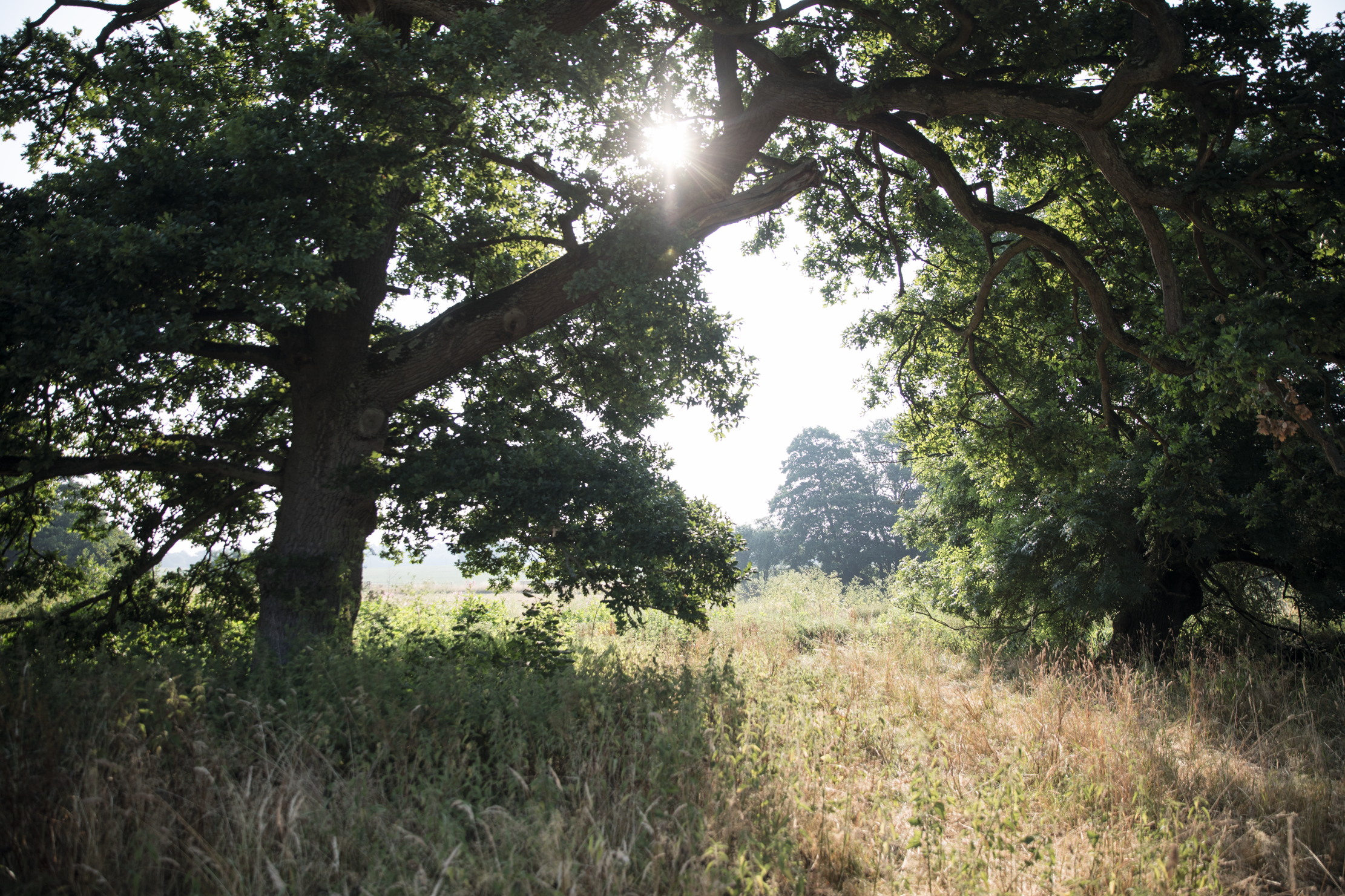
Every autumn, Jane Scotter collects fresh manure from a neighbour’s lactating cows, brings it home to her market garden, Fern Verrow in Herefordshire, and ladles it into her collection of cow horns. The horns are then buried close together in soil and left for six months over winter, after which the contents have composted into a perfectly balanced mix of bacteria and fungi.
Mrs Scotter tips the mix into a barrel of water — ‘two or three pinches in 30 litres’ — and stirs it vigorously with a broom handle. This precious potion is then applied to her 16 acres of flower and vegetable beds: ‘I do it in the afternoon, on what is called a root day,’ she tells me, ‘walking up and down with a bucket and a brush flicking it over the soil. It is a tonic, a spring awakening for the land.’
Later in the season, horns filled with ground quartz silica and buried the previous summer will be excavated, emptied and the contents mixed with water to be sprayed in a fine mist over young plants and crops. ‘It is done on certain days,’ she notes, ‘one day for leaves, one for fruit, another for flowers, according to the calendar.’
This is biodynamic gardening, dictated by movements of the moon and planets in relation to one another. But how, you might ask, did anyone even think of the horn thing?
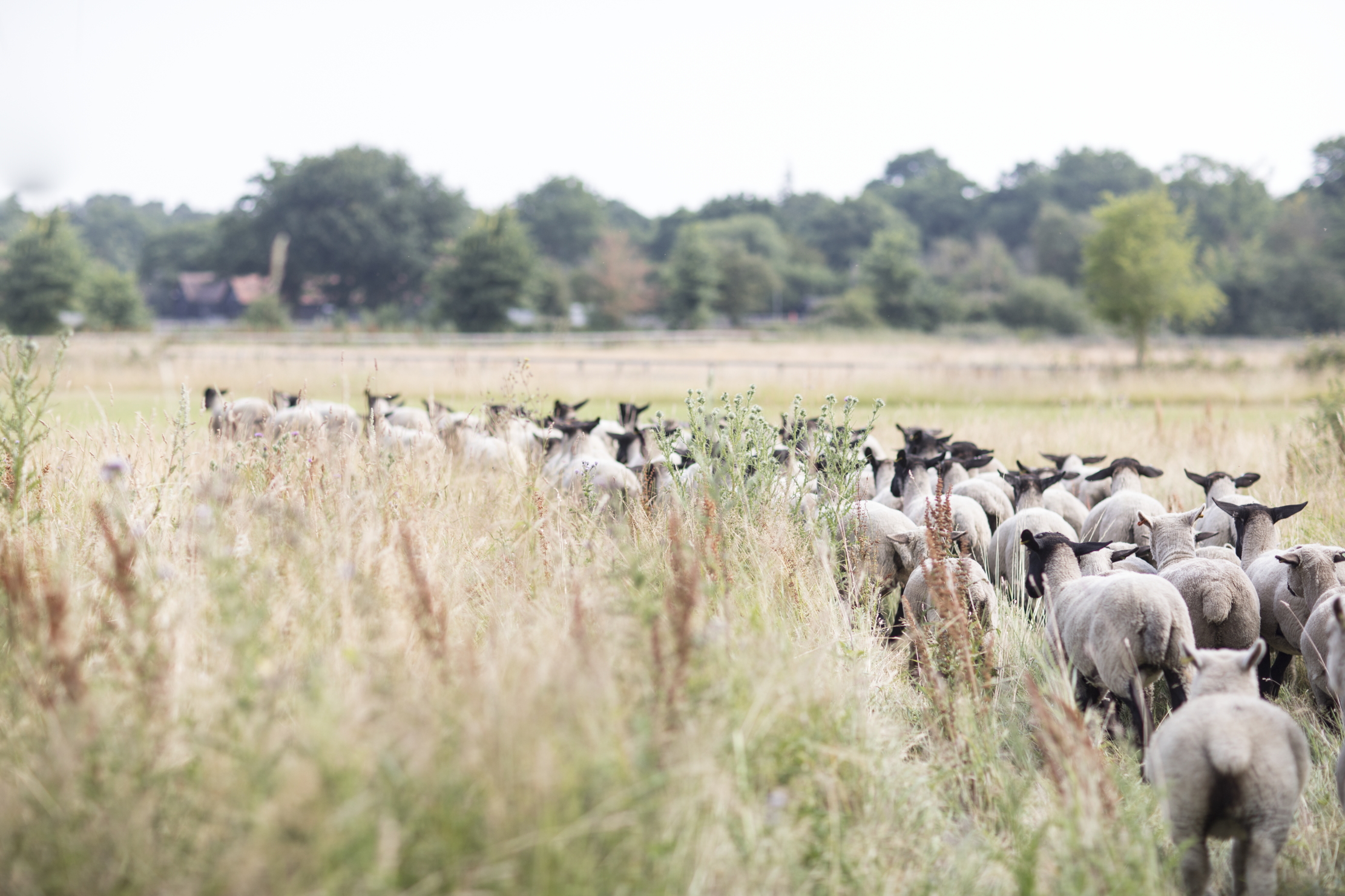
I turn to Gabriel Kaye, chief executive of the Biodynamic Association: ‘It was a moment of inspiration,’ she says simply. ‘Rudolf Steiner was in touch with natural processes; he buried some horns, had the contents tested over time and saw the effect.’
In 1924, a year before his death, the philosopher and educationalist had turned his attention and considerable brain power to the business of agriculture. He encouraged farmers to dispense with chemical fertilisers and to build their own fertility by integrating livestock, rotation cropping and composting to create a single, self-sustaining organism.
So far, so organic, you could say, except that biodynamics goes further. Based on Steiner’s teaching, a German farmer called Maria Thun produced a calendar setting out planting, cultivation and harvesting plans for the year; it has been published annually for 60 years. My 2023 copy proposed picking fruit when the moon was in Sagittarius between September 22, at 6pm, and the 24th, at 8pm. To deal with certain pests, she recommends burning their corpses during the appropriate planetary aspect and spreading the ash on the affected area.
Sign up for the Country Life Newsletter
Exquisite houses, the beauty of Nature, and how to get the most from your life, straight to your inbox.
The calendar is daunting in its prescriptive detail and Mrs Kaye admits that not everyone follows it to the letter, but the things that every aspiring biodynamic grower must adhere to in order to earn certification to the international Demeter standard, the strictest standard for organic agriculture worldwide, are the preparations. As well as horn manure and horn silica, there are five herbal ‘preps’ selected by Steiner that are fermented for a year before being added in tiny homoeopathic doses to the compost heap: yarrow, chamomile, stinging nettle, dandelion and valerian. Each confers its own particular properties on the heap.
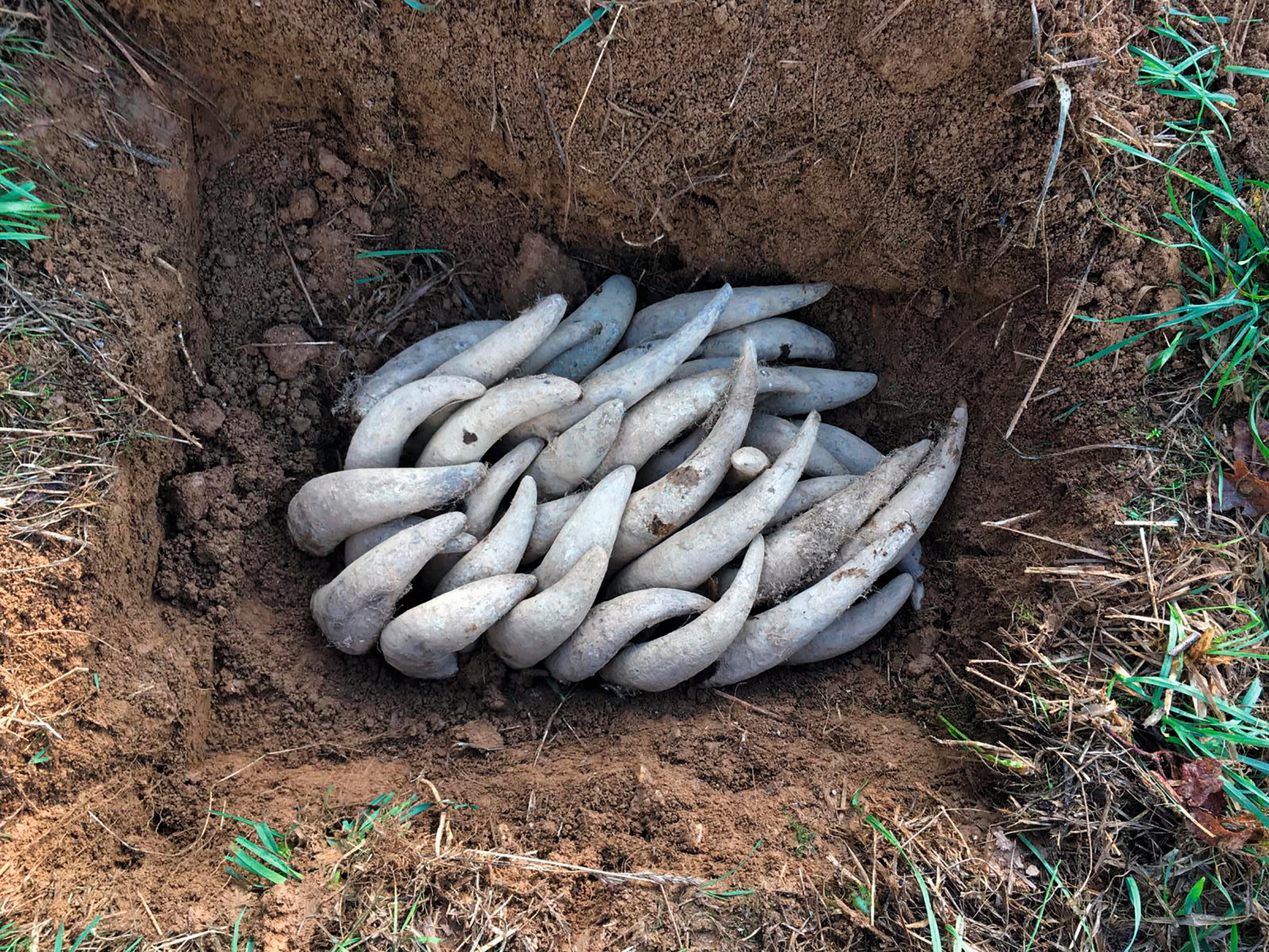
According to biodynamic guru and author Tom Petherick, the flowers of the yarrow plant should be picked in the early morning and then put into the bladder of a stag. ‘When it is full the bladder is sewn together and hung up in full sunlight for the summer before being buried underground for winter… The stag’s bladder is used because of this animal’s sensitivity. The stag is flighty and aware with keen eyesight and a strong sense of smell.’
If there is more than a whiff of sorcery in all this, Mrs Scotter doesn’t care: ‘You don’t have to defend it because it works and it makes sense to me: you have to take on board that you are a small part of something bigger. It’s a beautiful thing, the connection with animals, plants, colours, forms, and there is solace in it even when things are against you — weeds, weather, heartbreak.’
She follows the calendar: ‘I think if you’re going to do it, do it right, always sow and cultivate on the right days.’ But there is room for compromise: ‘It might not be a harvest day, but you’ve got a van going to London tomorrow, so you start picking.’
For many years, Fern Verrow produce at London’s Borough Market was in high demand from chefs and foodies, but, since 2015, everything grown there has gone to Skye Gyngell for her restaurant, the Michelin-starred Spring at Somerset House, London WC2. ‘When Jane’s produce comes in it’s like Hallelujah!’ exclaims Mrs Gyngell. ‘It’s so vibrant and delicious and beautiful and the more beautiful it is, the less you do to it; my cooking has become simpler.’ She didn’t understand biodynamics at first: ‘But I don’t find it wacky; following Nature and circadian rhythms makes complete sense to me.
Mrs Gyngell is also culinary director at Heckfield Place in Hampshire, where Mrs Scotter heads up the 14-strong growing team on the estate’s market gardens and orchards, having guided them to full biodynamic status in 2019. ‘We come as a duo,’ says Mrs Gyngell, ‘we enable each other’s work.’
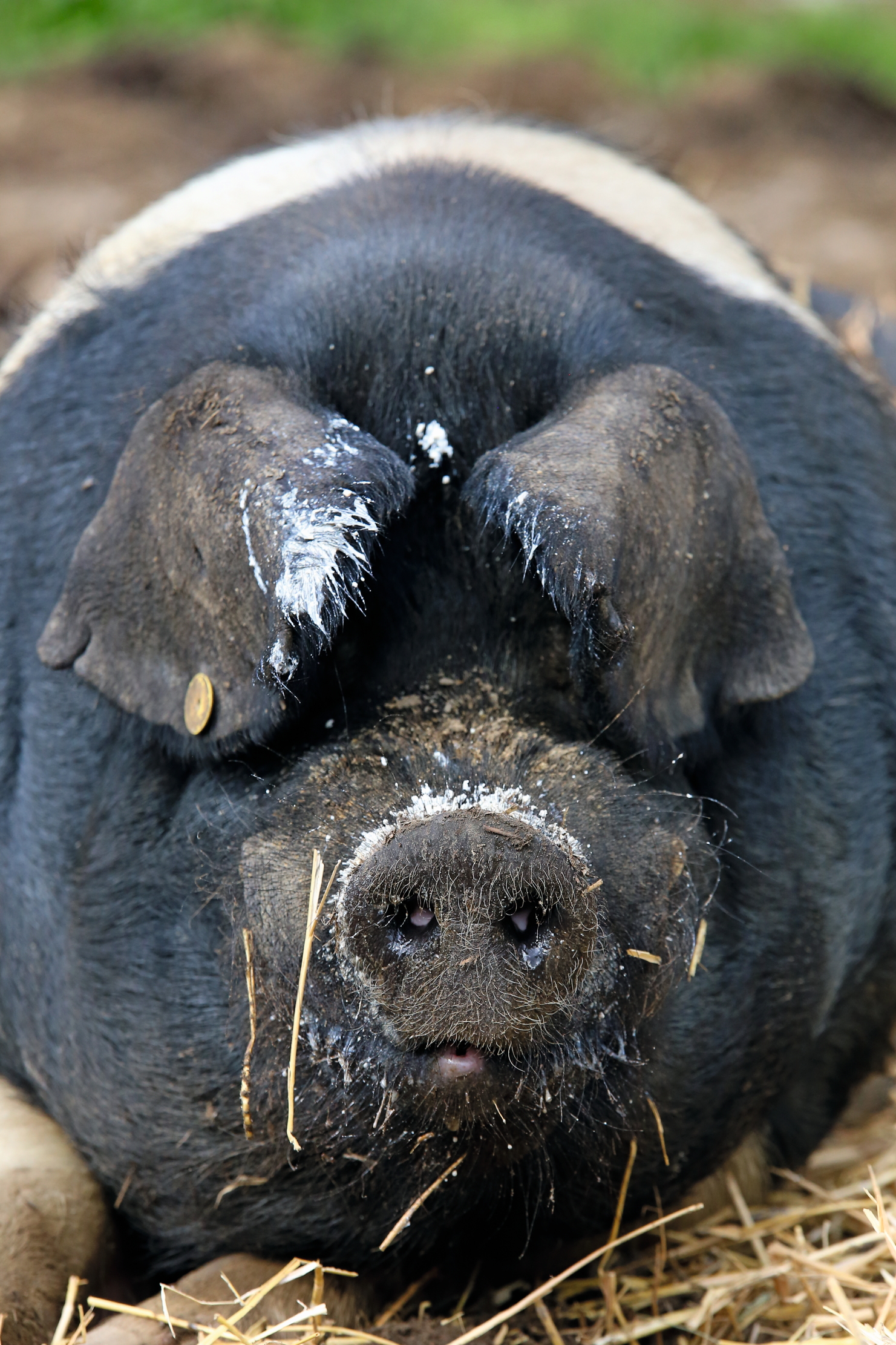
It is a chilly spring day when I visit Heckfield; a young woman is hand weeding around young spinach plants and a lightweight hoeing machine cultivates between the rows — there is no place for weedkiller in a biodynamic garden. Beyond the vegetable beds are rows of soft fruit, a bed of angelica, sage and chamomile, then polytunnels of salad leaves, fennel, radishes and flowers. In a vast greenhouse, thousands of immaculate seed trays are laid out on long benches.
Everything grown here goes up to the hotel, a private house in the 18th century, to supply the kitchens and bars. Syrups for cordials are made from lemon verbena, young beech leaves and pine needles, bitters from cardoon leaves. There are delicate sprays of homegrown flowers in every room: roses, poppies, scented stocks; edible pansies for salads.
The estate farm supplies organic milk, cream and cheese from its herd of Guernsey cows, but has so far been denied biodynamic status because the animals are polled (horn buds removed) to protect each other, staff and guests. A biodynamic farm is not required to have its own cows, but, if it does, Demeter rules state they must keep their horns.
Further west, at Huxhams Cross Farm on Devon’s Dartington Hall estate, cows graze hip deep in wildflower meadows for half the year, reducing competition from grasses to allow orchids and other plants to thrive. Pasture-fed beef is sold in the farm shop, together with flour, vegetables, fruit and eggs feeding 250 local families.
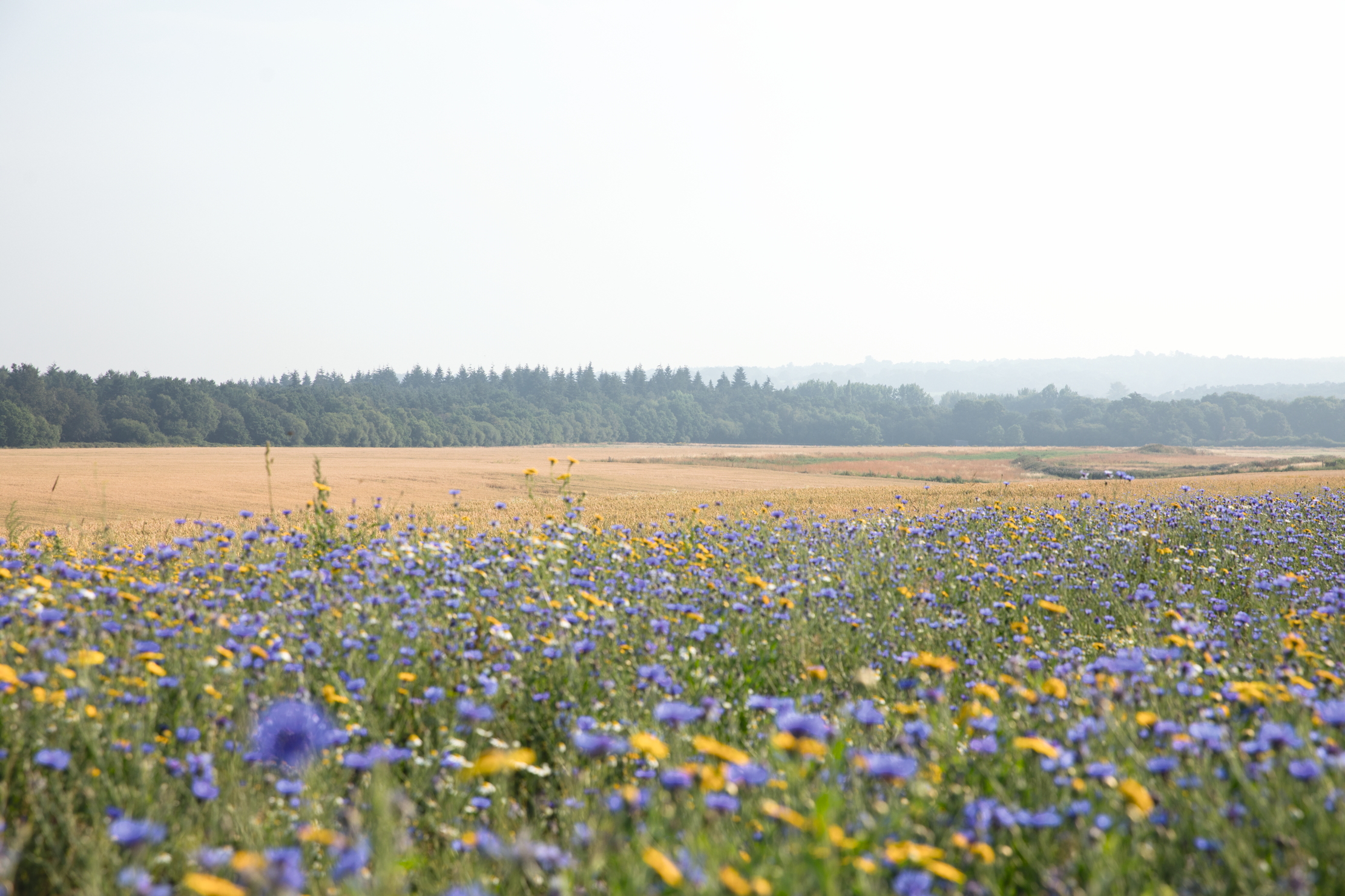
When the Biodynamic Land Trust bought Huxhams’ 34 acres in 2015, it was, according to a local contractor, ‘a miserable bit of land’. Farmed industrially for 40 years, the meadows had been abandoned, the soil exhausted and set-aside fields sprayed annually with glyphosate. Financed by loans, an endowment and 150 individual shareholders, conversion to biodynamic farming began with a team led by horticulturist Marina O’Connell. First, they ploughed and harrowed the arable fields, putting them down to a rich mixture of deep-rooting green manures and applying horn manure to reintroduce micro-organisms to the soil. ‘It was this that brought people back into the fields,’ recalls Mrs O’Connell, ‘to quote Steiner, “giving the farm its soul”.’
Trees, orchards, vegetable and fruit crops followed, as well as livestock and two acres of wheat, which goes to Dartington Mill for processing. Today, Huxhams Cross is financially self-sufficient, employing six people on the farm with three apprentices and offering free training in permaculture, biodynamic farming and agroforestry. There is a wellbeing service, too, offering individual therapy to children and an after-school farm club. Steiner would have approved.
It is a thriving example of a growing number of small biodynamic farms, licensed under Demeter rules. Gardening-club numbers have increased fivefold since 2019, prompted in part by the pandemic and climate anxiety. Bio-dynamics involves more cultivation, or weeding, than conventional farming and produces lower yields, but saves on expensive agrochemicals and there are several examples of commercial farming on a much larger scale.
Until the mid 1990s, Richard Gantlett farmed his 1,660 acres at Yatesbury in Wiltshire as his father had before him, applying artificial fertilisers and pesticides. Then, when working a piece of arable land, he saw a problem: ‘The quality of the soil diminished almost in front of our eyes; it became harder and paler and more difficult to work.’
It was a revelation and the beginning of a transition away from conventional farming with agrochemicals to allowing Nature ‘to repair the damage we had done’. He was in organic conversion by 1998, sold his plough in 2003 and began biodynamic farming the following year, working with lighter, smaller machines and direct sowing wheat into a white clover, yellow trefoil lay.
Yatesbury became a closed farm, with no inputs except diesel and a few small seeds: one organism, including woods, hedges, fields and cattle, with biodynamic preparations enhancing the life in the soil. Today, the land is home to abundant wildlife, including pollinators, lapwing and skylarks; cattle graze species-rich meadows and forage in the woodland and the system fixes 10 times more carbon than it emits.
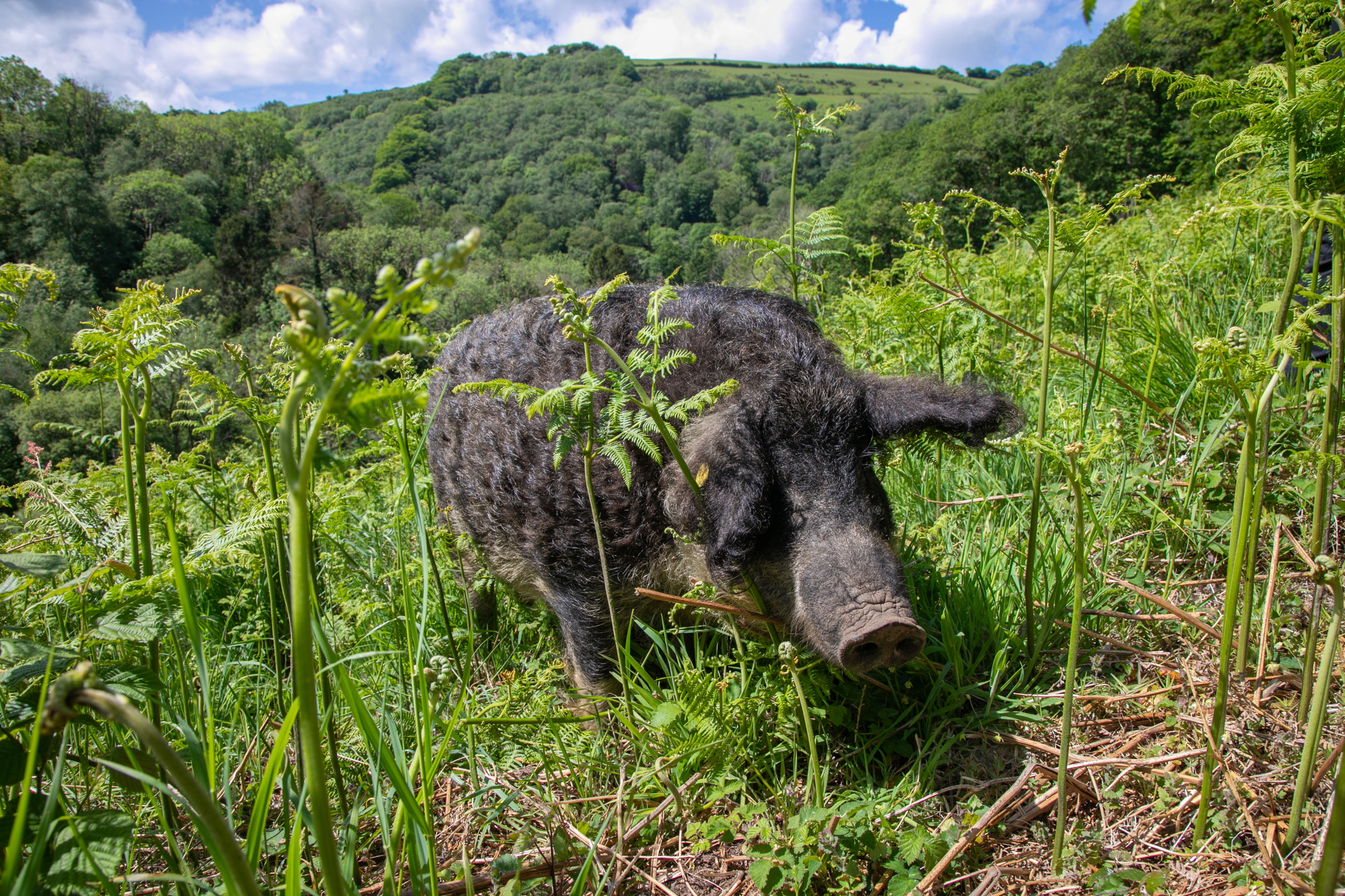
Credit: Savannah Jones
'Living lawmowers': How hungry hairy Hungarian hogs will help save the UK's most endangered butterfly
Yes, you read that headline correctly. Pigs and cows will help Butterfly Conservation maintain one of the last remaining breeding
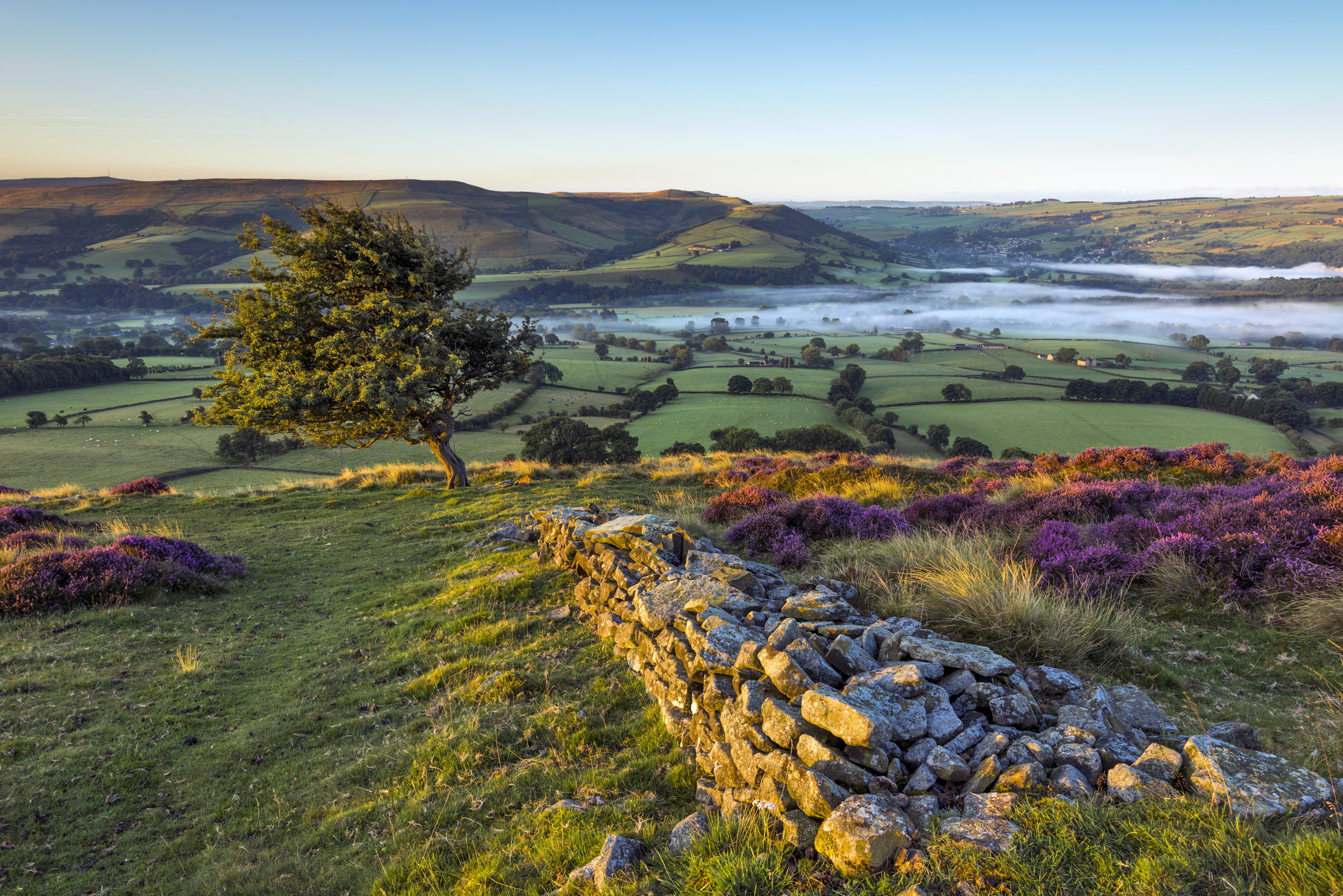
Credit: John Finney Photography via Getty
10 ways to save the planet, according to Country Life
There are many practical ways in which we–individuals, groups and Government–can make a difference to our planet, both locally and
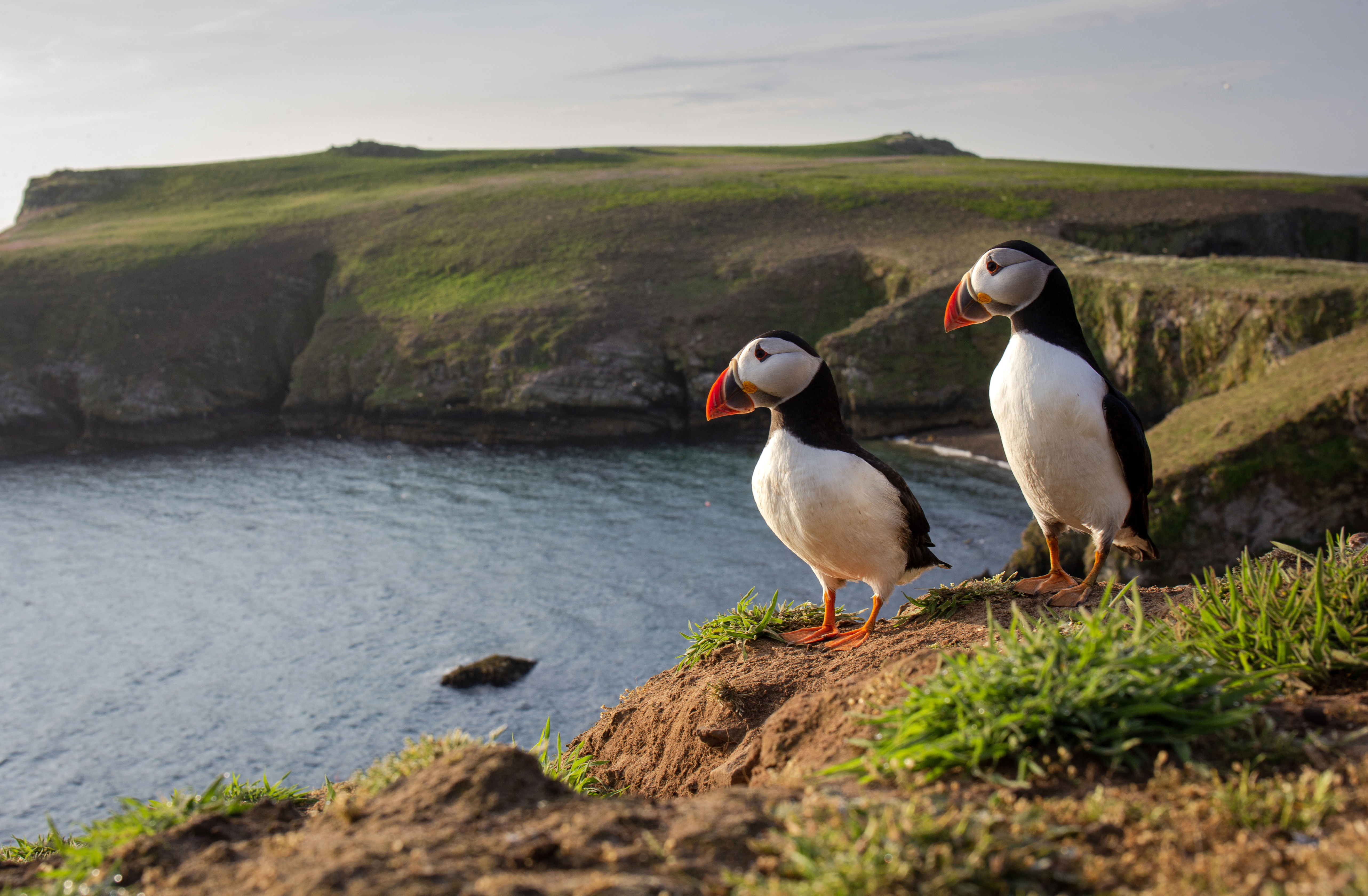
The wildlife safaris you can take without even leaving Britain, from puffins and golden eagles to dolphins and deer
The word ‘safari’ may evoke lions and Land Cruisers, but you’ll never run out of wildlife-based thrills on these shores.
-
 The King's favourite tea, conclave and spring flowers: Country Life Quiz of the Day, April 22, 2025
The King's favourite tea, conclave and spring flowers: Country Life Quiz of the Day, April 22, 2025Tuesday's Quiz of the Day blows smoke, tells the time and more.
By Toby Keel
-
 London is the place for me* (*the discerning property buyer)
London is the place for me* (*the discerning property buyer)With more buyers looking at London than anywhere else, is the 'race for space' finally over?
By Annabel Dixon